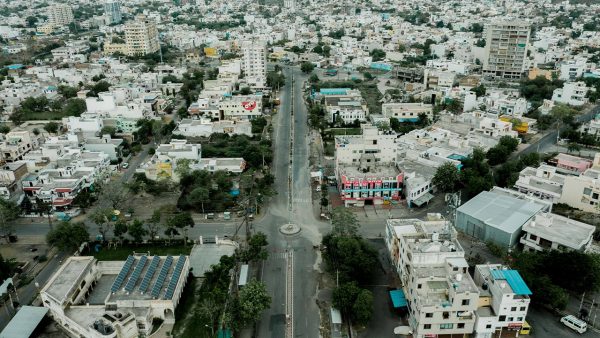Posted inMore
What is a COVID-19 Containment Zone and why is it created?
With the spread of coronavirus infections, one thing that is also rising is the use of the jargons around the COVID-19 related news. One such term is “containment zone”. Udaipur Administration…
